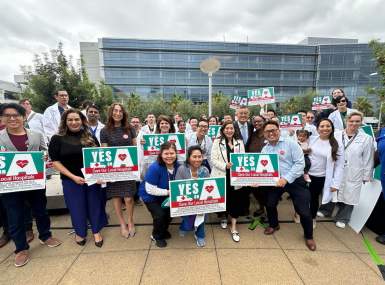The County Role in Food Systems

Author

Blaire Bryant

Julia Cortina
Upcoming Events
Related News
Among our numerous responsibilities, serving as the front line of the social safety net is a primary function of county governments to ensure healthy, safe and vibrant communities for our residents. County governments are steadfastly committed to protecting our residents’ quality of life, including by ensuring they can access the nutritious food they need to thrive.
Food insecurity often corresponds with poor nutrition, which can negatively impact health, educational outcomes and productivity in all individuals, but especially in children. Meanwhile, diet-related diseases are some of the leading causes of death and disability in the U.S.
Counties are key partners with the federal government in developing, implementing and administering food and nutrition programs at the local level. Across the nation, county governments are leading efforts to combat hunger by transforming local food systems and often serve as conveners and/or key partners for local food councils. Counties sponsor programs in partnership with community organizations to increase access to fresh fruit and vegetables at farmers markets, organize food drives and support local food production. We are also investing significant portions of our American Rescue Plan Act (ARPA) State and Local Fiscal Recovery Fund (SLFRF) allocations to combat food insecurity.
However, the county role in supporting food security and nutrition extends far beyond the administration of federal nutrition programs. Counties are owners and operators of the services, resources and systems that shape the way our nation produces, delivers and provides access to healthy, nutritious food to all the nation’s residents. This includes building and maintaining critical infrastructure that supports transportation routes from food producers to providers, and investing in facilities that provide food to low-income and vulnerable populations such as schools and public libraries. Counties are also responsible for consumer protection, economic development, employment and workforce training, emergency management, land use planning and zoning, which all support the social, environmental and economic conditions that keep our nation’s food system running.






